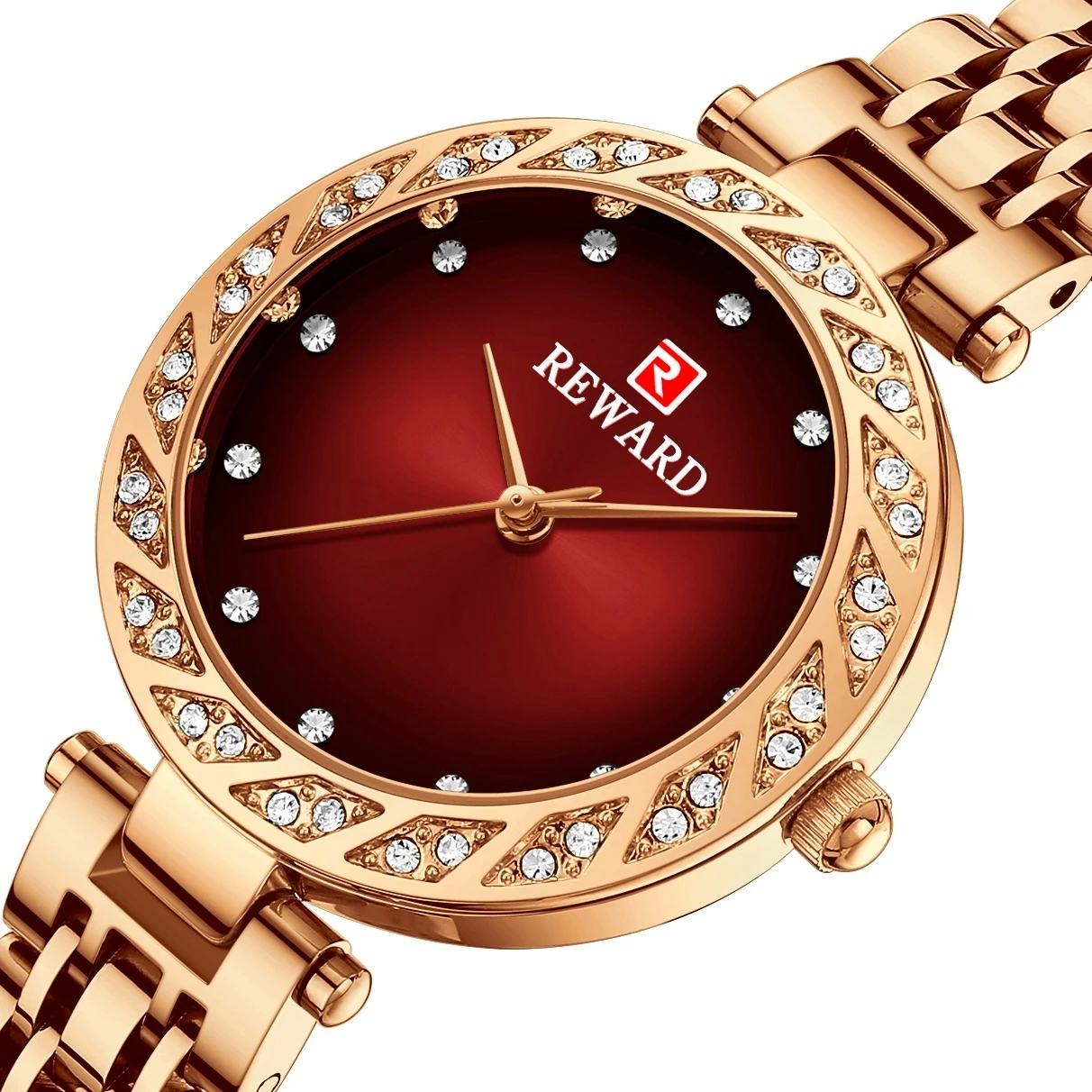
Image Source: Google
When it comes to shopping for women's watches, finding the perfect supplier is crucial. Whether you are a retailer looking to stock your store with trendy timepieces or a consumer in search of the ideal watch to complement your style, the supplier you choose can make all the difference. In this comprehensive guide, we will explore the key factors to consider when selecting a women's watch supplier to ensure you find the perfect match for your needs.
1. Identifying Your Needs
Understanding Your Target Market
- Consider the demographics of your target market, such as age, style preferences, and budget constraints.
- Determine the types of women's watches that are in demand among your customers, whether it be fashion-forward designs, luxury timepieces, or sporty watches.
- Identify the quantity of watches you will need to purchase to meet the demand of your market.
Defining Your Budget
- Set a budget for sourcing women's watches that aligns with your business objectives or personal finances.
- Consider the price range of watches you intend to sell or purchase, taking into account factors like brand reputation, quality, and exclusivity.
- Factor in additional costs such as shipping, custom duties, and taxes when determining your overall budget.
2. Researching Potential Suppliers
Online Supplier Directories
- Utilize online supplier directories like Alibaba, Global Sources, and ThomasNet to discover a wide range of women's watch suppliers from around the world.
- Review supplier profiles, ratings, and customer reviews to assess their reliability, reputation, and product quality.
- Contact multiple suppliers to request quotes, product catalogs, and samples to compare and evaluate their offerings.
Trade Shows and Exhibitions
- Attend trade shows and exhibitions dedicated to the watch industry, such as Baselworld, JCK Las Vegas, and Hong Kong Watch & Clock Fair, to connect with potential suppliers in person.
- Network with industry professionals, attend seminars, and explore exhibits to stay informed about the latest trends and innovations in women's watches.
- Schedule meetings with suppliers during trade shows to discuss partnership opportunities, negotiate terms, and view their product collections.
3. Evaluating Supplier Capabilities
Product Quality and Selection
- Inspect the quality of women's watches offered by suppliers by requesting samples or visiting their manufacturing facilities, if possible.
- Assess the variety and range of watch styles, materials, and features available to ensure they align with your target market's preferences.
- Verify the authenticity of branded watches and inquire about warranty policies, return procedures, and after-sales support.
Manufacturing and Supply Chain
- Understand the supplier's manufacturing capabilities, production capacity, and lead times to meet your demand requirements.
- Inquire about the supplier's quality control processes, certifications, and compliance with industry standards to ensure product integrity.
- Assess the supplier's logistics and distribution network to determine their ability to fulfill orders in a timely and cost-effective manner.
4. Negotiating Terms and Conditions
Pricing and Payment Terms
- Negotiate competitive pricing with suppliers based on your budget, volume requirements, and market positioning.
- Agree on favorable payment terms, such as credit terms, discounts for bulk orders, and payment methods that suit your financial preferences.
- Clarify additional costs involved in the purchasing process, including shipping, insurance, customs duties, and taxes.
Contractual Agreements
- Draft a comprehensive contract outlining the terms and conditions of your partnership with the supplier, including pricing, delivery schedules, quality standards, and intellectual property rights.
- Seek legal advice to review and finalize the contract to protect your interests and ensure a mutually beneficial relationship with the supplier.
- Regularly communicate with the supplier to address any issues, make adjustments to the agreement, and maintain a positive working relationship.
5. Building a Long-Term Partnership
Communication and Feedback
- Maintain open lines of communication with your supplier to address any concerns, provide feedback on their products and services, and discuss future collaborations.
- Share market insights, sales data, and customer feedback with the supplier to help them understand your needs and make informed business decisions.
- Seek input from the supplier on product development, marketing strategies, and industry trends to stay competitive and enhance your offerings.
Collaboration and Innovation
- Explore opportunities for collaboration with the supplier on exclusive product designs, co-branding initiatives, and promotional campaigns to differentiate your offerings in the market.
- Encourage innovation and creativity by engaging the supplier in product development projects, trend forecasting, and incorporating new technologies into your watch collections.
- Attend industry events, participate in industry forums, and engage with industry publications to stay informed about the latest developments and opportunities for collaboration.
By following this ultimate guide to finding the perfect women's watch supplier, you can make informed decisions, establish fruitful partnerships, and elevate your business or personal watch collection to new heights.